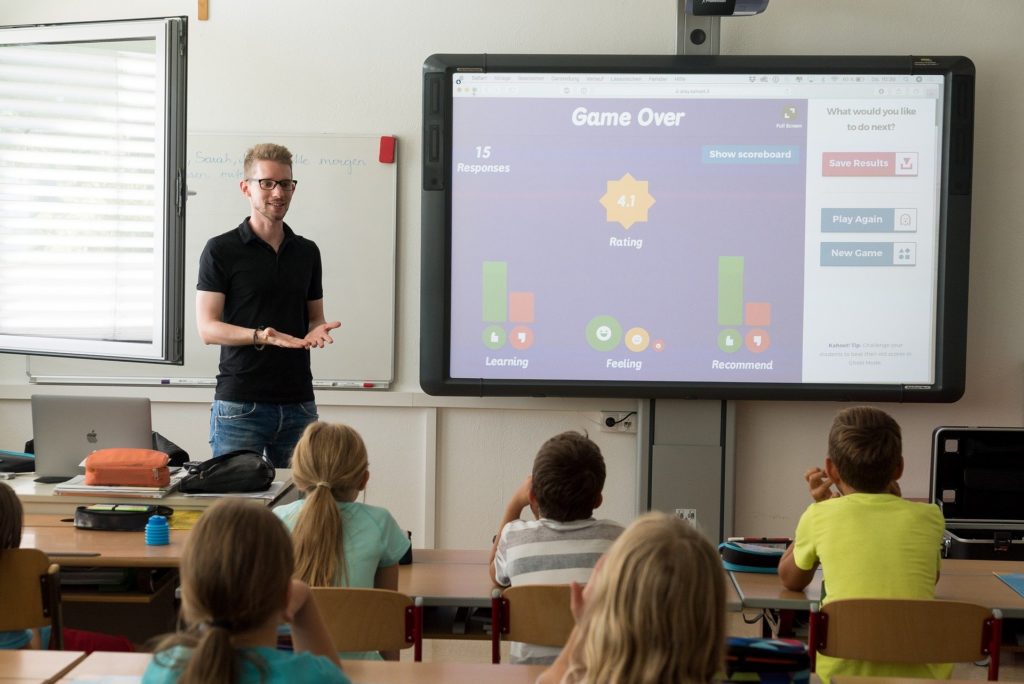UMass Lowell Rocio Rosales Adrien Bisson for UMass Lowell
Lasell University and UMass Lowell today announced a joint venture designed to diversify the pipeline of students pursuing careers in special education and applied behavior analysis.
With a $900,000 grant from the U.S. Department of Education, Lasell and UMass Lowell faculty will develop an interdisciplinary graduate level program that will prepare professionals to meet the special educational needs of school-aged students (K-8) with autism spectrum disorder and related disabilities.
As part of the grant, full scholarships will be awarded to a cohort of 24 graduate students. Twelve participants representing each institution will enter the program beginning in Fall 2022.
Planning and curriculum development are currently underway. The availability of scholarships will allow graduate students to continue their training, preparing them to work with the rising number of children with a variety of behavior needs.
The master’s program will encourage the next generation of educators to work in concert to support children in grades K-8 by introducing a comprehensive, interdisciplinary approach to special education and applied behavior analysis while integrating culturally responsive methodologies to address the needs of a growingly diverse student population. Together, Lasell and UMass Lowell graduate students will attend coordinated seminars and workshops that promote best practices and reinforce collaboration and problem-solving.
This new initiative is a natural extension of the Pathways to Teacher Diversity (PTD) program established at Lasell in 2015 by Professor Claudia Rinaldi who chairs the Newton-based university’s education department. PTD mentors undergraduate students representing diverse backgrounds and experiences, encouraging them to contemplate careers as educators in their local communities. This spring, the first cohort of undergraduates will complete the program. Since its launch, the PTD program has been a catalyst, bringing culturally and linguistically diverse students to the teaching profession. In the last five years alone, PTD has increased the diversity among its participants from 3% to 22% in the teacher preparation program.
“Schools here and across the country have grown increasingly more diverse, yet the educator workforce does not reflect this evolution within our communities,” said Rinaldi. “Today, in the U.S, as many as 87% of all teachers are white. The more students see and hear themselves, their cultures, and languages in the classroom, the more likely they are to experience academic success and pursue teaching as a career.”
For the past six years, Lasell has partnered with 11 Massachusetts district high schools in Boston, Lawrence, Martha’s Vineyard, Milford, and Marlborough among others, to engage students considering careers in education.
“Under the PTD model, we pair Lasell undergrad education mentors with high school students through in-person sessions on campus, at the participating high schools and via online experiences,” said Rinaldi. “The partnership with UMass Lowell is the logical next step in our efforts to bring new cross discipline and cultural responsiveness, real-life teacher preparation to special education.”
In addition to Rinaldi, the team behind this new alliance includes faculty from both schools who are experts in special education, applied behavior analysis, key public schools and nonprofit autism service organizations. UMass Lowell faculty Robai Werunga, School of Education assistant professor, whose work focuses on special education and early intervention, and Psychology Associate Prof. Rocio Rosales, program coordinator, Applied Behavior Analysis and Autism Studies, are partnering with Rinaldi in leading this endeavor.
Though the demand for qualified educators is high, numerous factors have resulted in a shortage of teachers, including a sharp decline in the number of high school graduates enrolling in college-level teacher preparation programs. Further, while children of color represent 51% of all students in the United States, only 13% of teachers represent diverse backgrounds. And locally, the disparity within the special education sector is even more significant, with only 8% of special education teachers in Massachusetts identifying as Black, Indigenous, and people of color (BIPOC.)
Between 2019 and 2020 alone, 7.3 million or 14% of American public school students ages 3 to 21 who were diagnosed with a variety of challenges including learning disabilities, hearing, vision, speech, and language impairments, emotional, behavioral and autism spectrum disorders, developmental delays and traumatic brain injuries received no-cost special education services under the Individuals with Disabilities Education Act (IDEA).
“We are thrilled to be partnering with Lasell University on this new initiative to provide interdisciplinary training to graduate students in the Applied Behavior Analysis and Autism Studies program at UMass Lowell,” said Rosales. “Our graduate program has always embraced a collaborative training model by exposing students to a wide range of perspectives within the field of psychology. Adding a focus in special education is a natural fit since our graduate students regularly work with children who receive educational services in public and specialized school settings. This new program will also help us respond to the clear need to diversify the workforce to best meet the needs of families of culturally and linguistically diverse backgrounds.”


